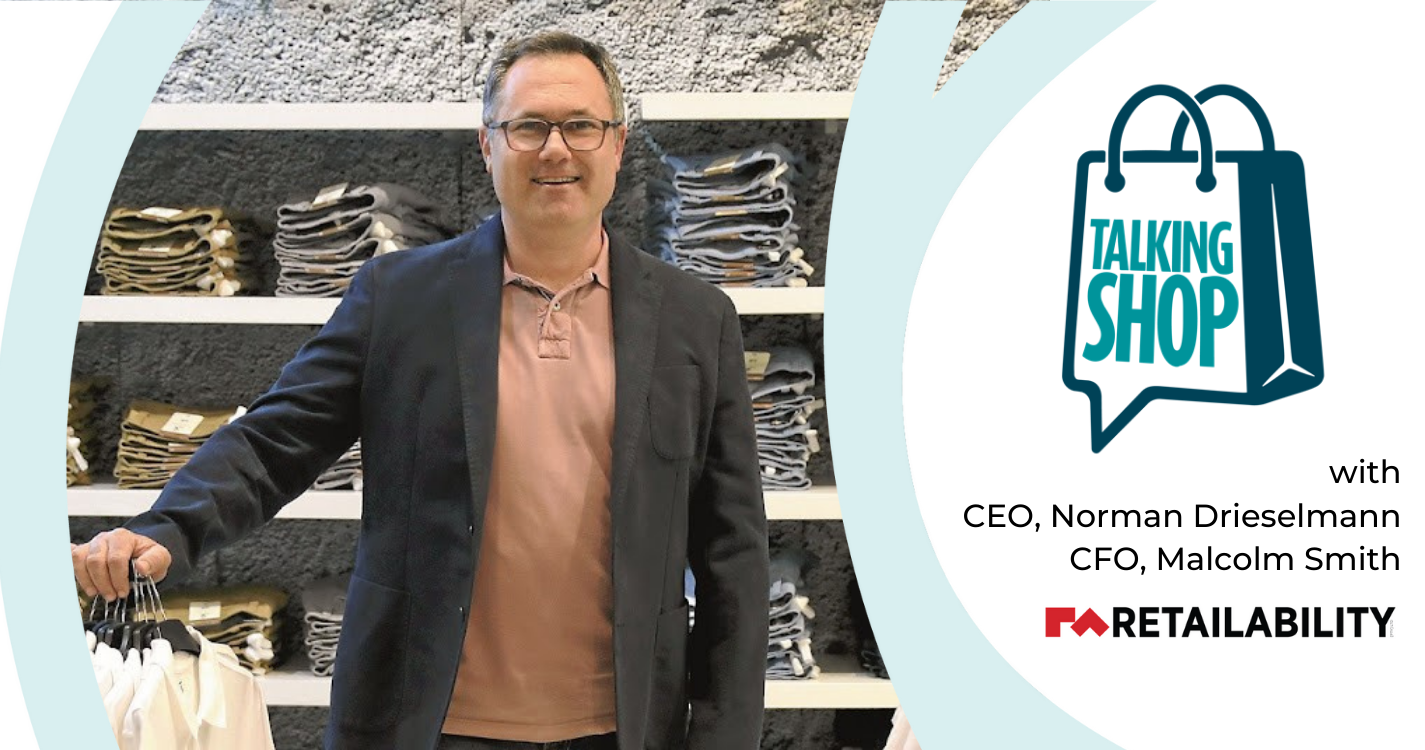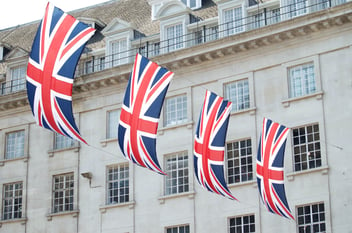Talking Shop: Retailability's CEO & CFO share how retailers can escape the clutches of inflation
A view from our client, Retailability, on how retailers can escape the clutches of inflation and counter revenue erosion.
Martyn Cole, Director of Commercial Operations, at Retail Directions recently sat down with Norman Drieselmann, Chief Executive Officer and Malcolm Smith, Chief Financial Officer from Retailability, a South African-based group of retail fashion brands, with over 600 stores across Southern Africa and discussed their approach to dealing with inflation - bringing fresh perspective to the much debated topic.
Martyn Cole: Norman and Malcolm - thank you both for taking the time to share your thoughts on retail strategies during this period of high inflation. Retailability is an established retail business in South Africa that has been operating since 1984 and in these last four decades, and your business has experienced many challenging social and economic changes. I'm interested to get your perspective on how you've approached the last few years. Have you employed any new strategies to help counter revenue erosion in relation to pricing strategy? If so, what did you do, and how was it implemented?
Norman Drieselmann: Pricing strategy talks as much to the retail sale prices we require to achieve a sustainable gross margin, as it does to price positioning in the market place relative to your fashion/quality positioning. This is important to understand to provide perspective.
If all retailers have to shift price points, then your price positioning in the marketplace will remain intact if you move in proportion. Detailed competitor shops and continual evaluation of your value offer to the customer i.e. fashion, quality, and price relationships are critical to not create your own market share erosion. To hold your position relative to your competitor set then allows you to track market moves, rather than experience market share losses.
Martyn: Do you have a specific objective or approach to help bring stability in a time where there is lots of uncertainty?
Norman: The biggest objective in our space has been to ensure our value positioning remains intact in the mind of the consumer. The next step is to evaluate how you can gain market share in this state of chaos in the market.
Our approach has always been to focus on key product categories that we are known for in the market, and then drive a value message through both above-the-line marketing and in store execution to optimise our performance in those very specific categories that competitors will struggle to emulate.
Martyn: How are you driving such category-specific advantages?
Norman: We are driving this by ensuring our opening price points in key known items are maintained at pre-inflation levels where possible. This has necessitated a short-term drop in input margins but was felt a fair sacrifice to ensure our price perception in the customers mind is maintained. It was noted that despite the input margin pressure in those selected lines, our overall margin through the till was maintained in that department.
Our second objective employed was to ensure our exit retail sale prices in these key known categories were maintained.
Martyn: Did you have any concerns about shifting these price points?
Norman: Our concern in shifting these price points was that it may result in too many items in our vital categories becoming unaffordable to our customer base. The same customer base that is experiencing severe inflation in food and transport. The margin is then managed through the middle price point zones where customers are more blind to the differences in retail sale prices between the retailers; bespoke fashion items and least marketed items are the ones targeted.
Malcolm Smith: I think in this environment you really need to apply a strong ‘trader’ mentality and not be afraid to make bold calls. We have experienced a rather mild winter and were the first retailer to break with our winter sales. We achieved great top line sales and know we have made solid in-roads into existing winter products. Rather bank the cash now than be punished looking to clear winter products going into spring.
Norman: The final step employed over the last 12 months was to drive multiple deals. This established the ability to offer better pricing to my peer retailers while ensuring we continued to bank enough gross margin returns to drive profit growth. The more the customer spends, the more they save.
Martyn: Have you changed how you communicate to your customers about any price increases? And if you have, what made you do this? What did you do? What impact did it have?
Norman: We noted that customers are buying items together with friends and family to take advantage of the deals I mentioned. While slightly eroding margin rate, our experience has shown that the gross margin returns grow significantly as basket sizes grow and new customers are brought into our stores. These strategies have enabled double-digit comparable stores gross margin growth over the last 12 months of inflationary pressure on consumers.
Malcolm: It is all about adding emotional value to every experience, offering strong value, and tempting customers to make what is often a discretionary purchase. We know what we stand for and which categories we want to ‘own’, and we need our customers to really perceive these value statements through our direct marketing and in-store promo activity.
Martyn concludes: It is clear that inflation is forcing retailers to incur additional costs, right across the board. All of which drive them to increase their prices at a time when they are dealing with a double whammy: waning consumer loyalty and increasing caution around consumer spending.
However, it is clear that – with bold thinking - there is an opportunity for retailers to maintain - and even grow profits - by strengthening price perception through smart sales strategies in the face of adversity.
_________________________________________________________________________
About Retailability
Founded in 1984, Retailability is a South African-based group of retail brands including Edgars, Legit, Beaver Canoe, and Style.
With over 600 stores across Southern Africa including South Africa, Namibia, Botswana, Lesotho, and Swaziland – Retailability prides itself in bringing authentic and affordable fashion to its customers.






